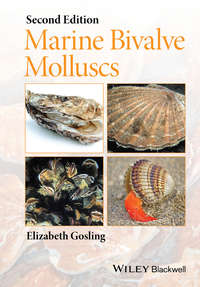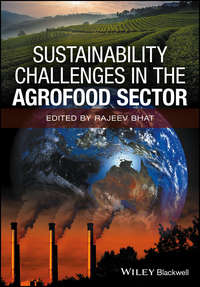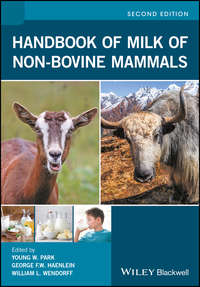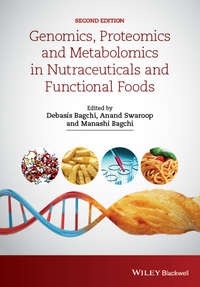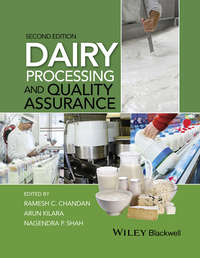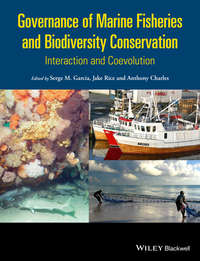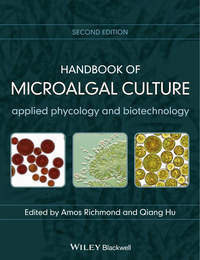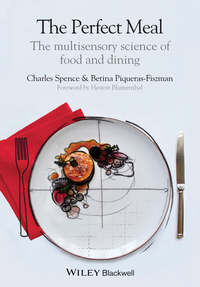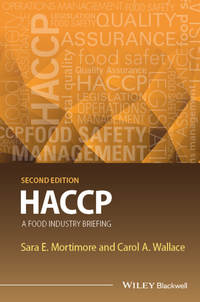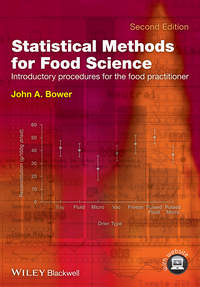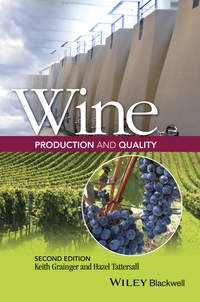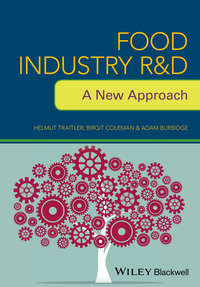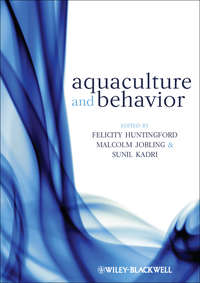Книги жанра мукомольное производство
Marine Bivalve Molluscs is a comprehensive and thoroughly updated second edition of Bivalve Molluscs, covering all major aspects of this important class of invertebrates. As well as being an important class biologically and ecologically, many of the bivalves are fished and cultured commercially (e.g. mussels, oysters, scallops and clams) in a multi-billion dollar worldwide industry. Elizabeth Gosl…
Sustainability Challenges in the Agrofood Sector covers a wide range of agrofood-related concerns, including urban and rural agriculture and livelihoods, water-energy management, food and environmental policies, diet and human health. Significant and relevant research topics highlighting the most recent updates will be covered, with contributions from leading experts currently based in academia, g…
THE ONLY SINGLE-SOURCE GUIDE TO THE LATEST SCIENCE, NUTRITION, AND APPLICATIONS OF ALL THE NON-BOVINE MILKS CONSUMED AROUND THE WORLD Featuring contributions by an international team of dairy and nutrition experts, this second edition of the popular Handbook of Milk of Non-Bovine Mammals provides comprehensive coverage of milk and dairy products derived from all non-bovine dairy species. Milks der…
Functional foods and nutraceuticals have received considerable interest in the past decade largely due to increasing consumer awareness of the health benefits associated with food. Diet in human health is no longer a matter of simple nutrition: consumers are more proactive and increasingly interested in the health benefits of functional foods and their role in the prevention of illness and chronic…
Dairy Processing and Quality Assurance, Second Edition describes the processing and manufacturing stages of market milk and major dairy products, from the receipt of raw materials to the packaging of the products, including the quality assurance aspects. The book begins with an overview of the dairy industry, dairy production and consumption trends. Next are discussions related to chemical, physic…
Governance of Marine Fisheries and Biodiversity Conservation explores governance of the world’s oceans with a focus on the impacts of two inter-connected but historically separate streams of governance: one for fisheries, the other for biodiversity conservation. Chapters, most co-authored by leading experts from both streams, investigate the interaction of these governance streams from ecological,…
Algae are some of the fastest growing organisms in the world, with up to 90% of their weight made up from carbohydrate, protein and oil. As well as these macromolecules, microalgae are also rich in other high-value compounds, such as vitamins, pigments, and biologically active compounds, All these compounds can be extracted for use by the cosmetics, pharmaceutical, nutraceutical, and food industri…
The authors of The Perfect Meal examine all of the elements that contribute to the diner?s experience of a meal (primarily at a restaurant) and investigate how each of the diner?s senses contributes to their overall multisensory experience. The principal focus of the book is not on flavor perception, but on all of the non-food and beverage factors that have been shown to influence the diner?s over…
Readers of this accessible book – now in a revised and updated new edition – are taken on a conceptual journey which passes every milestone and important feature of the HACCP landscape at a pace which is comfortable and productive. The information and ideas contained in the book will enable food industry managers and executives to take their new-found knowledge into the workplace for use in the de…
Shelf life, a term recognised in EU/UK food legislation, may be defined as the period of time for which a food product will remain safe and fit for use, provided that it is kept in defined storage conditions. During this period, the product should retain its desired sensory, chemical, physical, functional and microbiological characteristics, as well as accurately comply with any nutritional inform…
The recording and analysis of food data are becoming increasingly sophisticated. Consequently, the food scientist in industry or at study faces the task of using and understanding statistical methods. Statistics is often viewed as a difficult subject and is often avoided because of its complexity and a lack of specific application to the requirements of food science. This situation is changing – t…
Gourmand Award for the No. 1 Best Wine Book in the World for Professionals Since the publication of Wine Production: Vine to Bottle (2005) and Wine Quality: Tasting and Selection (2009), there has been a great deal of change in the wine industry, and the perceptions of critics and expectations of consumers have shifted. Wine Production and Quality, Second Edition brings together its two predecesso…
Research and development represents a vast spread of topics and can be an arena for controversy. In academia, such controversy may stem from conflicting interpretations of data and subsequent conclusions, the question of who was first to discover a particular finding and whether or not the said finding is of any value to the scientific community. R&D in corporate environments is mostly defined and…
Modern aquaculture is faced with a number of challenges, including public concern about environmental impacts and the welfare of farmed fish. A fundamental understanding of fish biology is central to finding ways to meet these challenges and is also essential for maintaining the industry's sustainability. Furthermore, the behaviour of fish under culture situations has long been ignored despite hea…
Modern aquaculture is faced with a number of challenges, including public concern about environmental impacts and the welfare of farmed fish. A fundamental understanding of fish biology is central to finding ways to meet these challenges and is also essential for maintaining the industry's sustainability. Furthermore, the behaviour of fish under culture situations has long been ignored despite hea…
